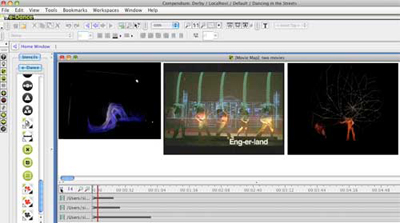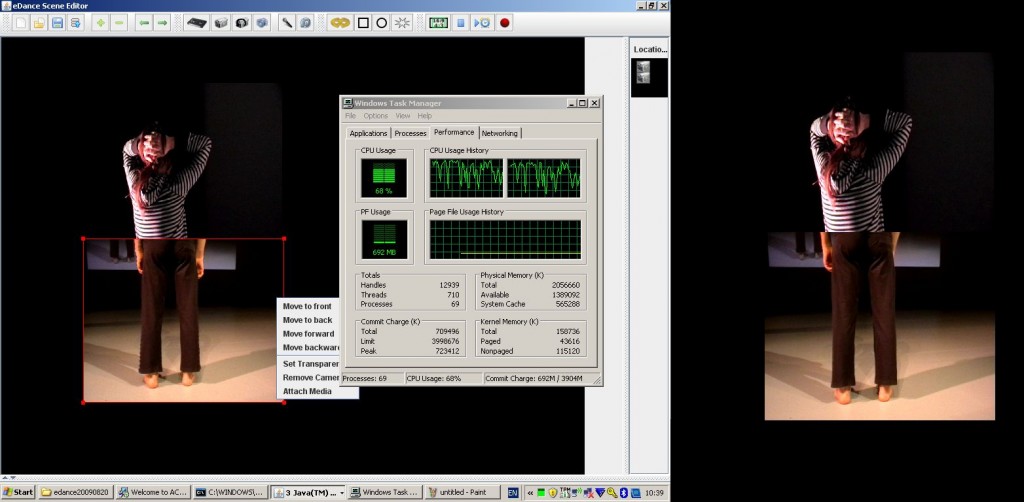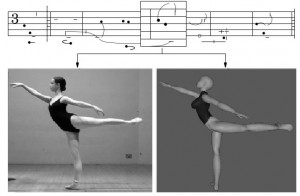Choreographic video annotation
14 09 2009This series of movies brings together Choreography researcher Sita Popat and e-Science researcher Simon Buckingham Shum, who demonstrate and discuss the adaptation of one of the project’s e-Science tools for Choreography, the Open University’s Compendium tool for mapping ideas and annotating media. Acknowledgements to Michelle Bachler (Open U.) and Andrew Rowley (U. Manchester) for expert software development, and webcast wizard Ben Hawkridge (Open U.) for helping us migrate the footage to Web. High-resolution versions of the screen recordings are linked to the relevant tracks.
The video-enabled version of Compendium will be going into alpha release this month with invited testers, for full release within a couple of months.
The academic context for this work is set out in a recent article:
Bailey, H., Bachler, M., Buckingham Shum, S., Le Blanc, A., Popat, S., Rowley, A. and Turner, M. (2009). Dancing on the Grid: Using e-Science Tools to Extend Choreographic Research. Philosophical Transactions of the Royal Society A, 13 July 2009, Vol. 367, No. 1898, pp. 2793-2806. [PDF]
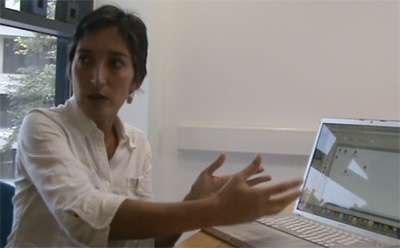
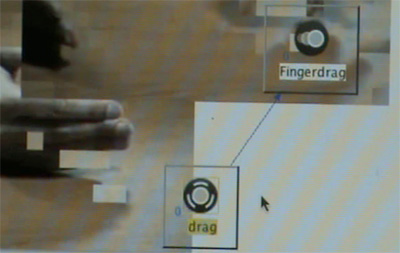
The movie summaries are listed below… high resolution versions of the screen recordings are linked to the web versions for detailed viewing.
- Demo: Sita takes us through a demonstration which illustrates how Compendium can be used to annotate video footage as part of choreographic scholarship.
- Background: The e-Dance project conducted rapid application development through asynchronous collaboration between the partners, punctuated with intense day long workshops. At these, the choreographer would demonstrate how she used (or wished she could use) the Compendium e-science tool. The software developer would then code changes for feedback.
- Demo: Sita explains how and why she requested a feature to create Transition Points in video footage.
- Demo: Sita explains the value of placing images into key moments in a video, as supplementary material that she can use to support discourse in scholarship or teaching.
- Demo: Sita explains the value of being able to lay out an arbitrary number of videos on the canvas.
- Demo: Following the last clip, Sita discusses opportunistic and planned juxtaposition of video.
- Interview: Simon asks Sita to consider how hypermedia annotation tools such as this could scaffold students’ project work and reflection as they track and communicate their work.
- Demo: Sita works through an example of linking three interconnected video clips
- Demo: Following the last example, Sita shows how annotations in one context can co-exist in multiple other projects.
- Interview: Sita and Simon discuss to what extent a hypermedia tool such as this might shape practice, and reflect on other aspects of the project.
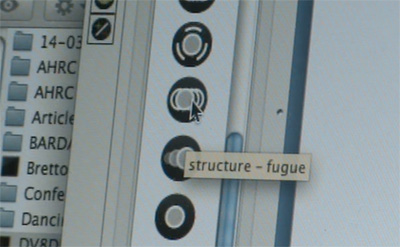
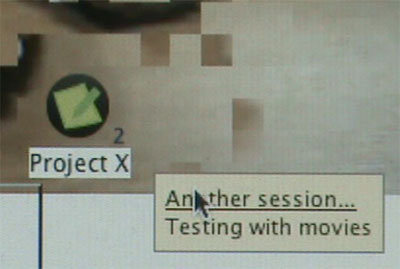
Categories : Dissemination, Software
